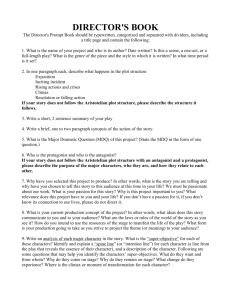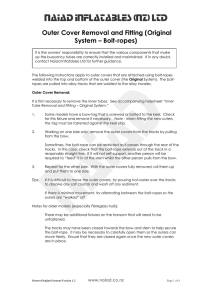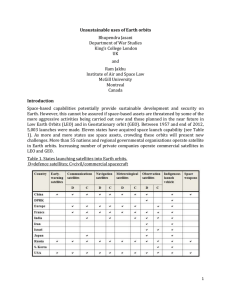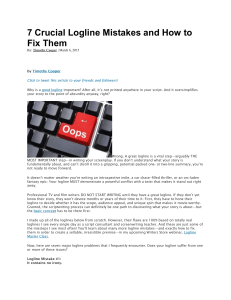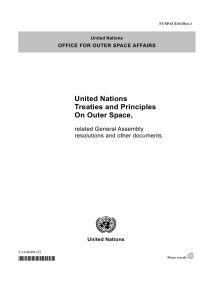1 SIX SOURCES OF IDEAS 1. Character
advertisement
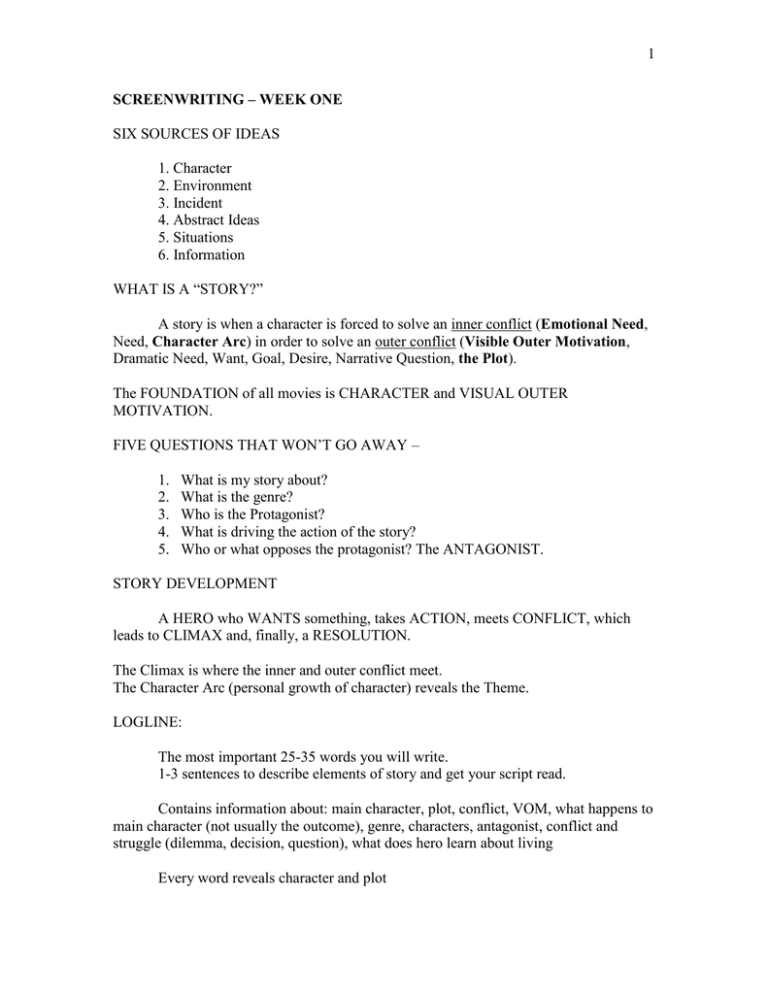
1 SCREENWRITING – WEEK ONE SIX SOURCES OF IDEAS 1. Character 2. Environment 3. Incident 4. Abstract Ideas 5. Situations 6. Information WHAT IS A “STORY?” A story is when a character is forced to solve an inner conflict (Emotional Need, Need, Character Arc) in order to solve an outer conflict (Visible Outer Motivation, Dramatic Need, Want, Goal, Desire, Narrative Question, the Plot). The FOUNDATION of all movies is CHARACTER and VISUAL OUTER MOTIVATION. FIVE QUESTIONS THAT WON’T GO AWAY – 1. 2. 3. 4. 5. What is my story about? What is the genre? Who is the Protagonist? What is driving the action of the story? Who or what opposes the protagonist? The ANTAGONIST. STORY DEVELOPMENT A HERO who WANTS something, takes ACTION, meets CONFLICT, which leads to CLIMAX and, finally, a RESOLUTION. The Climax is where the inner and outer conflict meet. The Character Arc (personal growth of character) reveals the Theme. LOGLINE: The most important 25-35 words you will write. 1-3 sentences to describe elements of story and get your script read. Contains information about: main character, plot, conflict, VOM, what happens to main character (not usually the outcome), genre, characters, antagonist, conflict and struggle (dilemma, decision, question), what does hero learn about living Every word reveals character and plot 2 Less is more. Edit and reduce. Write in present tense. Don’t be afraid. Be enthused. What makes my story new and different? OUTLINE: See “STORY OUTLINE” ONE PAGE SYNOPSIS: Single spaced, present tense, no dialogue. TREATMENT: Narrative version of script. BEAT SHEET: Scene-by-scene establishing the major moments of each scene. Story must work in treatment form before you move to first draft. Solve your story problems in the treatment.


